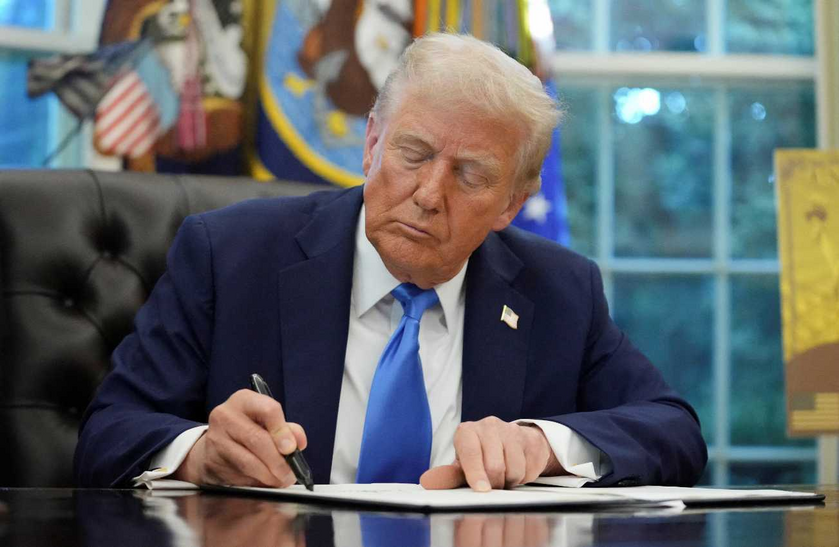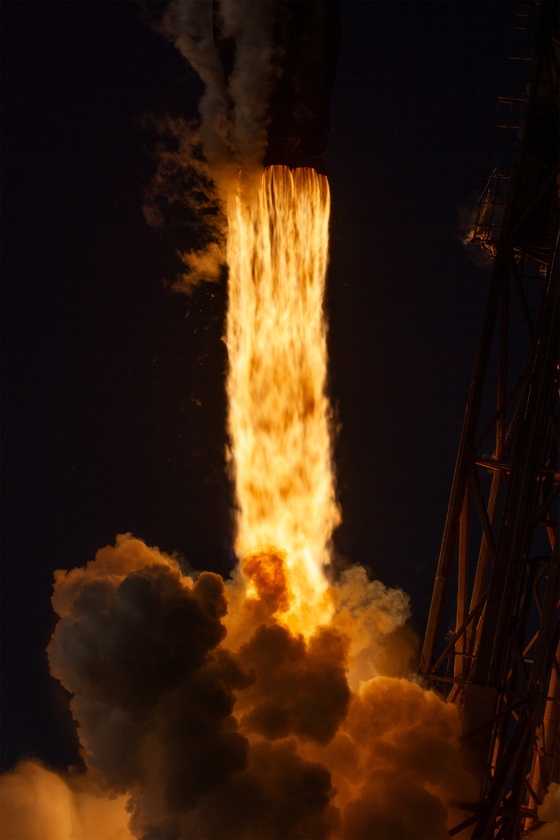President Donald Trump signed an executive order this week, approving a long-awaited divestiture deal for TikTok's U.S. operations, effectively handing majority control to an American business consortium while averting a nationwide ban on the app. This move fulfills a 2024 law signed by former President Joe Biden (the Protecting Americans from Foreign Adversary Controlled Applications Act) that required ByteDance, TikTok's Chinese parent company, to sell its U.S. assets or face prohibition due to fears of data access by the Chinese government.
A new U.S.-based joint venture will operate TikTok's American app, with majority ownership (roughly 80%) held by U.S. investors. ByteDance retains a minority stake of less than 20% and seats only one director on a seven-member board dominated by Americans with national security expertise. Leading investors include Oracle (as the primary security provider), private equity firm Silver Lake, and the Abu Dhabi-backed MGX investment fund, which together control about 45% of the venture.
The transaction values the U.S. operations at approximately $14 billion, though broader projections estimate it will generate $178 billion in U.S. economic activity over the next four years, sustaining thousands of jobs in content creation, advertising, and tech.
The order extends the enforcement deadline by 120 days (until mid-January 2026), giving time to finalize agreements and implement the transfer. The Department of Justice is barred from enforcing the ban during this period.
All U.S. user data will be stored exclusively in a secure Oracle-managed cloud in the U.S., with no access for ByteDance. The app's algorithm, code, and content moderation will be controlled by the new entity, subject to ongoing monitoring by U.S. cybersecurity experts to prevent foreign manipulation. ByteDance is barred from the security committee and any influence over sensitive data flows.
The White House framed the order as a balanced win: preserving TikTok's 170 million U.S. users and its role in free expression while eliminating China-linked risks. Critics, including some tech experts, have called the government's role in structuring the deal a "shakedown," pointing to multibillion-dollar fees collected from investors as unusually aggressive. However supporters commend Trump for looking out for the interest of American taxpayers.
Meanwhile in a striking parallel—occurring just as Trump's order was inked—Israeli Prime Minister Benjamin Netanyahu held a closed-door meeting on Friday, in New York, with a group of American social media influencers and content creators, explicitly tasking them with bolstering right-wing support for Israel through online narratives.
The session followed Netanyahu's address to the United Nations General Assembly, where he defended Israel's actions in Gaza amid global criticism, including an International Criminal Court arrest warrant for war crimes.
During the discussion, Netanyahu emphasized social media as Israel's "most important weapons" in the information war, evolving from traditional tools like tanks to digital platforms. He singled out TikTok as the "most important" current battleground, telling attendees: "The most important purchase that is going on right now is TikTok... I hope it goes through because it can be consequential." He also praised X (formerly Twitter) as crucial, describing owner Elon Musk as "not an enemy, he's a friend—we should talk to him."
The prime minister urged the creators to counter anti-Israel sentiment, particularly among conservatives, whose support has eroded since Israel's October 2023 invasion of Gaza, with polls showing a 20-point drop in favorable views among young Republicans. He referred derogatorily to these critics as 'woke reich' in reference to the Third Reich (official Nazi party designation for the regime in Germany from January 1933 to May 1945, as the presumed successor of the medieval and early modern Holy Roman Empire of 800 to 1806 (the First Reich) and the German Empire of 1871 to 1918 (the Second Reich).
The meeting highlights Israel's aggressive public diplomacy push, including paid influencer tours and ad campaigns in New York spotlighting October 7, 2023, Hamas atrocities. Notably, Oracle co-founder Larry Ellison—a key TikTok buyer and longtime Netanyahu ally—has donated millions to pro-Israel causes, adding a layer of geopolitical intrigue to the timing.
These developments unfold against a backdrop of deepening divisions in U.S. conservative circles over Israel. The recent assassination of prominent right-wing influencer Charlie Kirk on September 10, in Utah—where a 22-year-old suspect faces the death penalty—has amplified tensions.
Kirk, founder of Turning Point USA, was once a vocal Israel supporter but had grown critical of Netanyahu's leadership in the weeks before his death, reportedly rejecting donor pressure to not platform popular voices like Tucker Carlson and Candace Owens who are critical of Israeli influence on American foreign policy and Israel's genocidal war against Palestinians.
Netanyahu's influencer outreach appears aimed at reclaiming this ground, using platforms like TikTok—where pro-Palestinian content has surged—to reshape perceptions. As one attendee noted, the prime minister stressed that "propagandizing Americans with pro-Israel messaging" is now essential amid potential U.S. sanctions and waning MAGA solidarity. Trump is set to host Netanyahu at the White House on September 29.
















